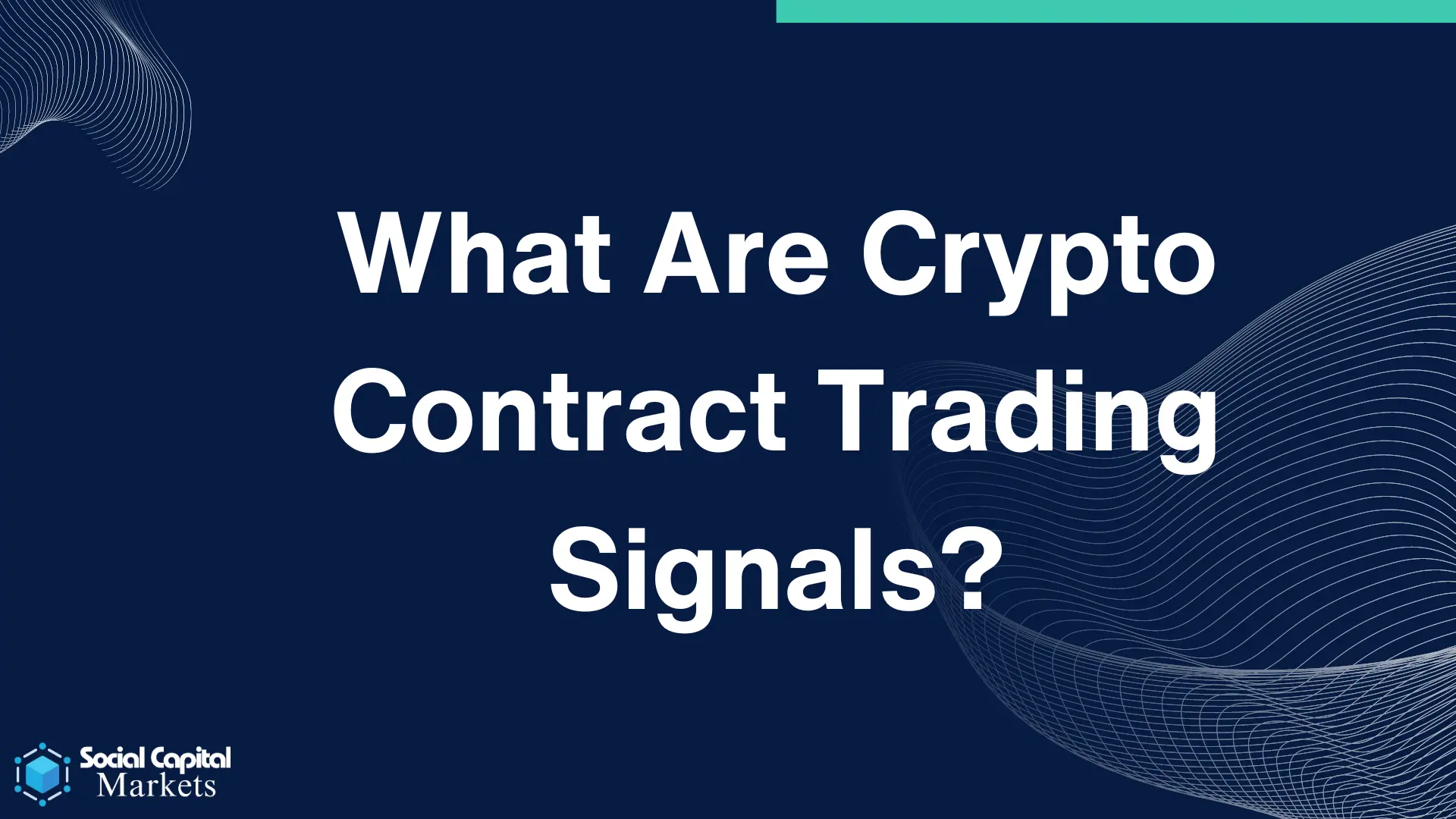What Do The Multipliers In Crypto Contracts Mean

Imagine stepping into a bustling marketplace, not filled with fruits and vegetables, but with numbers and algorithms. The air hums with the potential for growth, for multiplied gains. You hear traders whispering about "5x," "10x," even "50x" – these aren't just random figures, but cryptic multipliers embedded in the heart of crypto contracts. What do they truly signify, and how do they shape the landscape of decentralized finance?
At the core, these multipliers – often referred to as leverage in traditional finance and mirrored in various forms within crypto contracts – represent a tool that amplifies both potential profits and potential losses. Understanding them is crucial for navigating the complex world of decentralized finance (DeFi) and making informed decisions about risk and reward.
The Basics: Understanding Leverage in Crypto
Leverage, in its simplest form, allows traders to control a larger position with a smaller amount of capital. This is achieved by borrowing funds, essentially amplifying the impact of price movements on their initial investment.
In traditional finance, brokers typically provide this leverage. In the crypto world, especially in the realm of DeFi, leverage is often embedded within smart contracts.
How Does Leverage Work?
Let's say you have $100 and want to trade Bitcoin. Without leverage, you can buy $100 worth of Bitcoin.
However, with 10x leverage, your $100 can control $1000 worth of Bitcoin. A 1% increase in Bitcoin's price would net you a $10 profit (1% of $1000), rather than just a $1 profit (1% of $100).
Conversely, a 1% decrease would result in a $10 loss. This is the double-edged sword of leverage.
Multipliers in Crypto Contracts: Different Forms
The concept of multipliers manifests in various ways within crypto contracts, depending on the specific platform or protocol. Understanding these different forms is key to navigating the DeFi landscape.
Perpetual Swaps and Futures Contracts
These are perhaps the most common examples of leveraged trading in crypto. Platforms like Binance Futures and Bybit offer perpetual swaps and futures contracts with varying degrees of leverage, often ranging from 1x to 100x.
These contracts allow traders to speculate on the future price of cryptocurrencies without actually owning the underlying asset.
The multiplier determines the amount of leverage applied to the trader's position. Higher leverage means greater potential profits, but also greater risk of liquidation.
Margin Trading on Exchanges
Many centralized and decentralized exchanges offer margin trading, which allows users to borrow funds to increase their trading positions. The multiplier here dictates the maximum amount a user can borrow relative to their own capital.
For example, if an exchange offers 5x margin trading, a user with $100 can borrow up to $400, resulting in a total trading position of $500.
Leveraged Tokens
Leveraged tokens are another way to gain leveraged exposure to cryptocurrencies. These tokens automatically rebalance their positions to maintain a target leverage ratio, such as 3x or 5x. They’re complex and can be affected by market volatility.
These are essentially exchange-traded funds (ETFs) that use derivatives to amplify returns. However, they can also be prone to significant decay and losses, especially in volatile markets.
Yield Farming and Liquidity Providing with Leverage
Some DeFi protocols allow users to leverage their yield farming or liquidity providing positions. This can amplify their rewards but also increases their risk of impermanent loss and liquidation.
Users borrow assets to increase their stake in a liquidity pool, thereby earning a larger share of the rewards. However, if the value of the deposited assets changes significantly, the user may face liquidation or significant losses.
The Significance of Multipliers in DeFi
Multipliers have profoundly shaped the DeFi landscape, contributing to both its rapid growth and its inherent risks. They enable greater capital efficiency, allowing traders to amplify their returns with a relatively small initial investment.
This has attracted a significant influx of capital into the DeFi space, fueling innovation and driving the development of new protocols and applications.
However, the availability of high leverage has also contributed to increased volatility and systemic risk. Large leveraged positions can exacerbate price swings, leading to cascading liquidations and market crashes.
The Double-Edged Sword of Amplification
The allure of amplified gains is a powerful draw, but it's crucial to recognize that multipliers work both ways. While they can magnify profits, they can also magnify losses at an even greater rate.
A small adverse price movement can quickly wipe out a leveraged position, especially with high multipliers. This is why risk management is paramount when trading with leverage.
Traders should always use stop-loss orders and carefully manage their position sizes to protect their capital.
Regulation and Risk Mitigation
The use of multipliers in crypto contracts has also drawn the attention of regulators worldwide. Concerns about consumer protection and systemic risk have prompted calls for greater oversight of leveraged trading platforms.
Some jurisdictions have already implemented restrictions on the amount of leverage that can be offered to retail traders. It's crucial to stay informed about the regulatory landscape in your jurisdiction.
Protocols are also exploring ways to mitigate the risks associated with leveraged trading, such as implementing stricter risk management parameters and developing more robust liquidation mechanisms.
Navigating the Multiplier Maze: A Word of Caution
The world of crypto contracts and multipliers can seem daunting, but understanding the fundamentals is essential for participating in this dynamic ecosystem. It’s like learning to drive – you wouldn't jump into a race car without understanding the basics first.
Before diving into leveraged trading, take the time to educate yourself about the risks involved. Start with small positions and gradually increase your leverage as you gain experience.
Remember, there are no guarantees of success in the crypto market. Always prioritize risk management and never invest more than you can afford to lose.
Embrace the Learning Journey
The DeFi landscape is constantly evolving, so continuous learning is essential. Stay up-to-date on the latest developments, research new protocols, and experiment with different strategies.
There are numerous resources available online, including educational articles, tutorials, and community forums. Take advantage of these resources to expand your knowledge and improve your trading skills.
By approaching the market with a cautious and informed mindset, you can navigate the multiplier maze and potentially unlock new opportunities for growth and success.
Conclusion: The Power of Informed Decision-Making
Multipliers in crypto contracts are powerful tools that can amplify both gains and losses. They are not to be feared, but rather understood and respected.
By gaining a solid understanding of how these multipliers work, their potential impact, and the associated risks, you can make informed decisions and navigate the DeFi landscape with greater confidence.
Ultimately, the key to success in the crypto market lies not just in chasing high multipliers, but in embracing a responsible and sustainable approach to investing.





![What Do The Multipliers In Crypto Contracts Mean What Is Crypto Contract Trading? [Beginner Guide]](https://leverage.trading/wp-content/uploads/2024/04/What-is-crypto-contract-trading-768x576.png)












